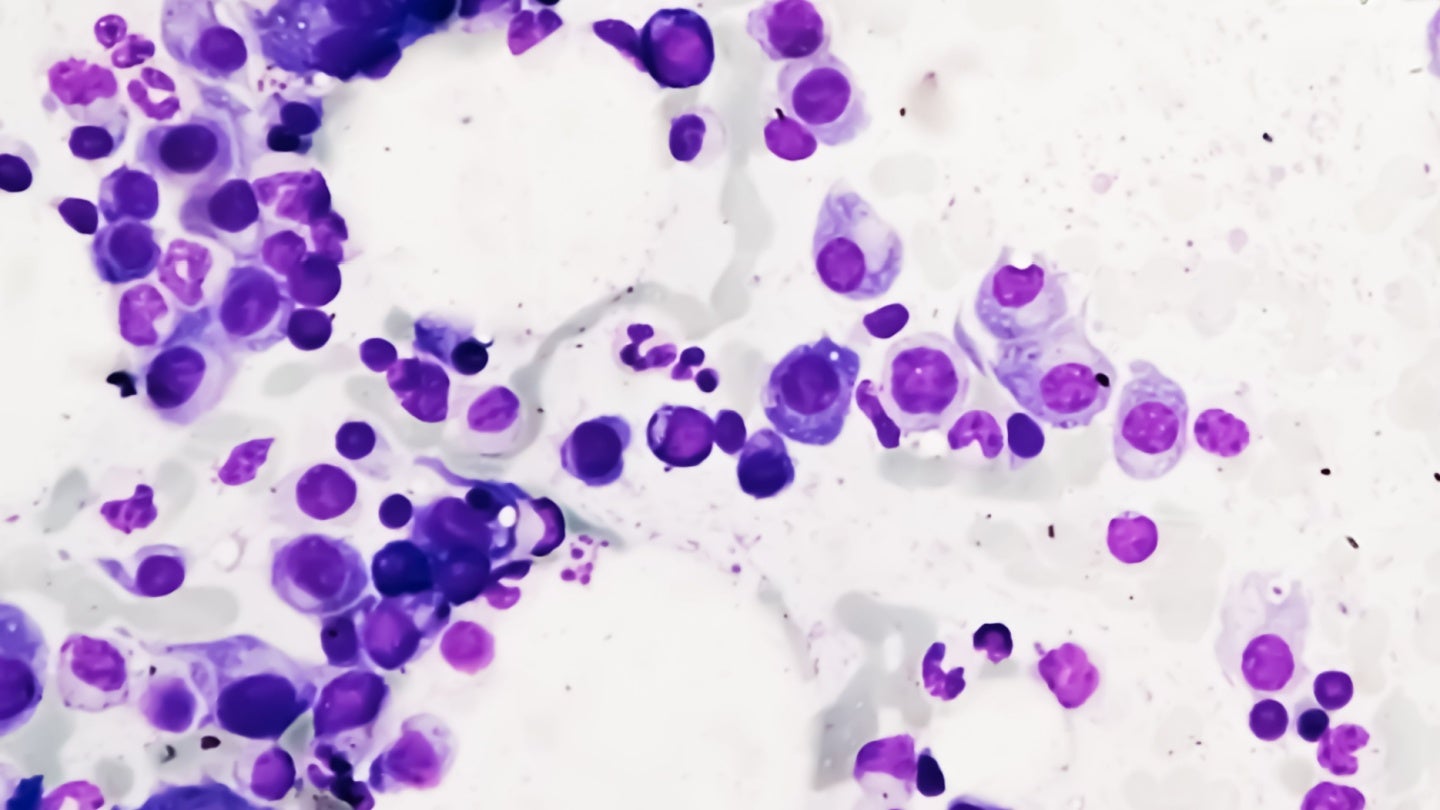Opinion: How learning the truth about chaos theory has helped me as an inpatient child psychologist
A new understanding of the butterfly effect has changed how one inpatient child psychologist approaches her patients.

In inpatient child psychology, we treat children in crisis deemed at imminent risk of harm to themselves or others. I am grateful for the opportunity to try and help — but it is daunting. A study published earlier this year found an overwhelming spike in mental illness-related crises in the past decade. This is particularly true for youth, for whom mental health-related emergency room visits have doubled, with a five-fold increase in the proportion of those visits that are for suicide-related symptoms.
At the start of my inpatient career, six years ago, I embraced what I believed chaos theory identified as the butterfly effect: the notion that even the smallest of interventions can ultimately create a tsunami on the other side of the world. To me, that meant that even in the most complex of cases, every effort made to change how things are going for the child — clarifying that they meet criteria for a major depressive disorder, initiating a new therapy approach, helping them experience safety — counts for something. I embraced the belief that every intervention has potential not just to create positive change and not just in the moment, but also in deeper ways long-term.
What's Your Reaction?

































